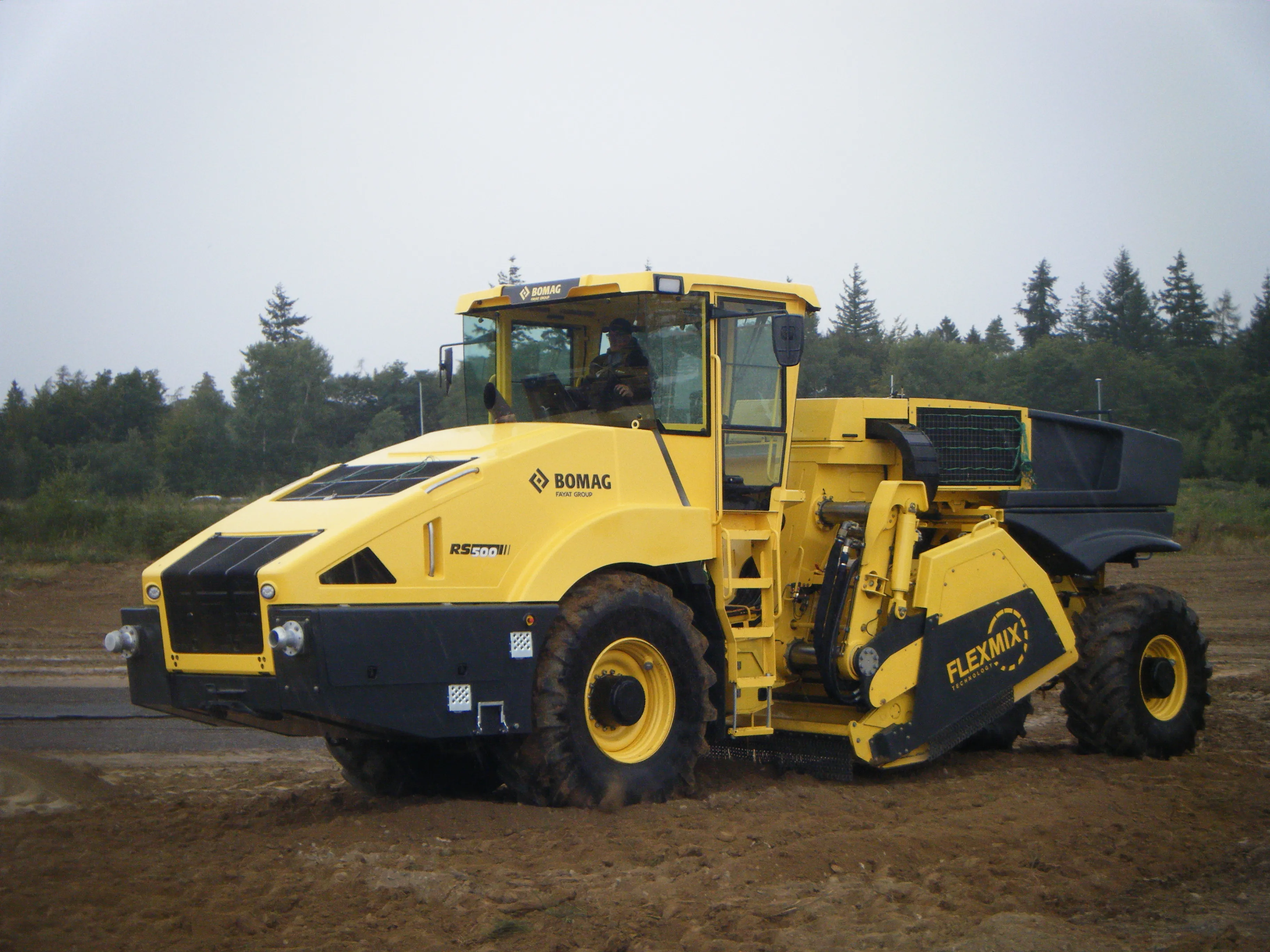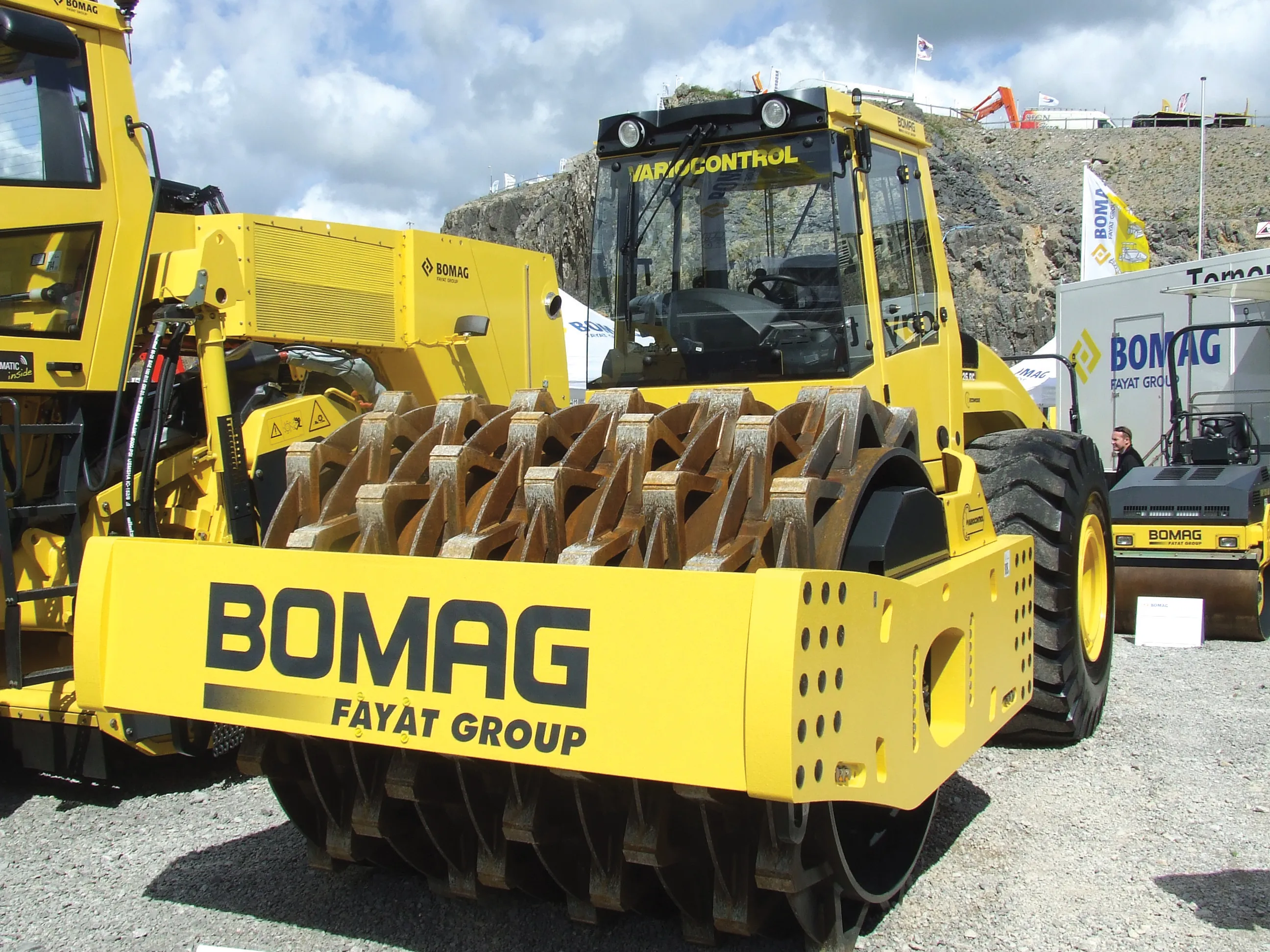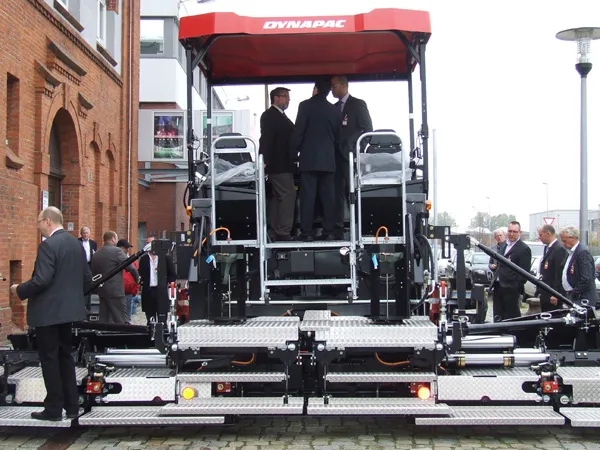BOMAG is offering two new recycling machines to meet the needs of customers. The RS500 has innovative features including a cab that can be raised to improve operator visibility while working, and lowered for transport from site to site. Another important feature of the RS500 recycler is its ability to offset the cutter drum by 300mm to either side. This allows the machine to work close to an edge or kerb and also means that there is no need to turn around on sites with restricted space. The machine is equip
March 15, 2016
Read time: 2 mins

The new MPH 364 recycler and soil stabiliser features an operating weight of 17tonnes and a working width of 2.005m. At the moment, there is no comparable machine available for this application anywhere in the world in this weight category. Its compact design and powerful 268.5kW engine suit the MPH 364 to small projects, such as car parks, minor roads and paths.
It has a rear-mounted milling rotor for manoeuvrability, while the driver has a good view of the relevant work areas around the machine and can negotiate accurately around obstacles. The machine can also be used in larger road construction projects. Good ergonomics and ease of operation make the machine more versatile still.







